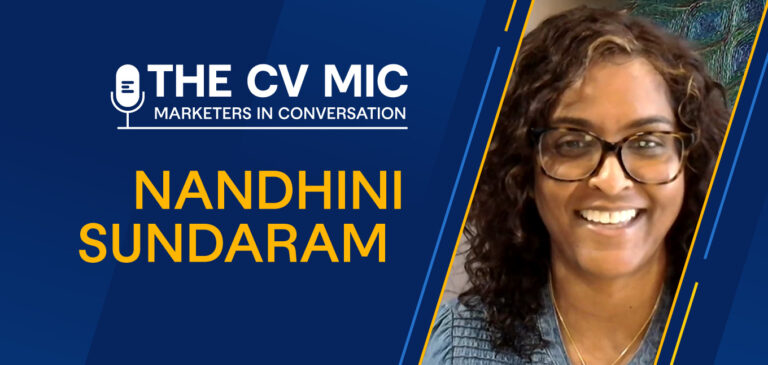Social media has come a long way from the days of SixDegrees, BlackPlanet, and Classmates.com—all of which paved the way for the ubiquity of today’s online giants. But the technological and user experience advances are nothing compared to the ballooning business potential of a social media account.
One of the best—and easiest—ways to tap into the brand-boosting potential of social media is through strategic commenting. If you’re on the social media train—or thinking about boarding—here are the basics of business commenting, which kinds of comments you should respond to, and some helpful best practices.

Should companies respond to comments on social media?
One of the best social media strategies to use is to respond to comments. As a general rule of thumb, it’s a good idea to respond to all genuine comments, whether they’re positive or negative. Of course, if someone throws random hate speech at you or sends a pointless, irrelevant spam comment, you can let those slide. But if it comes from a real person with genuine intentions, it’s best to send a reply. Here’s why.
When someone posts a comment about your product or service, it’s like they’re walking up to a customer service desk—except everyone can hear what they’re saying. Ignoring their comment may make you look aloof or disconnected. But by addressing it, you show that you:
- Care about your relationships with customers
- Value their opinions
- See customers as important enough to take time out of your busy day to shoot them a note
What to do if you get a negative comment
Leveraging social media complaints can be a powerful way to improve your social media presence and strengthen your brand reputation. Here are some steps you can take to effectively handle negative comments:
- Respond promptly: Responding to a complaint quickly shows that you care about your customers and are committed to resolving their issues.
- Acknowledge the complaint: Acknowledge the customer’s frustration and apologize for any inconvenience they may have experienced.
- Take the conversation offline: If the complaint is complex or sensitive, ask the customer to direct message you or provide contact information so that you can address their concerns in private.
- Resolve the issue: Take the necessary steps to resolve the customer’s issue, whether it’s fixing a product, providing a refund, or offering a solution to their problem.
- Follow up: Check in with the customer to make sure they are satisfied with the way the issue was resolved.
- Learn from the experience: Use the complaint as an opportunity to learn and improve your business. Ask yourself what you could have done differently to prevent the complaint and make changes to avoid similar issues in the future.
How to use social media comments for marketing
The best way to use social media for marketing is to post comments that elicit a positive emotional reaction, shares, or other comments. Whether you’re running a solo operation or teamlancing, this is one of the most effective ways to leverage the algorithms of Facebook, Instagram, Twitter, and LinkedIn. Here’s a little more detail about what each algorithm looks for.
When using Facebook, whether you’re posting a fresh comment or one in reaction to someone else’s post, you want people to do at least one of the following:
- Comment on or reply to it. This initiates conversation, which boosts your post’s ranking.
- Post a reaction emoticon. The more reactions your post gets, such as “Wow,” “Love,” “Haha,” or “Angry,” the higher Facebook ranks it.
- Share it. If someone shares your comment and then someone else engages with it, your post can get a ranking boost from Facebook’s algorithm.
Although some of the same principles apply to Instagram, its algorithm is a little different. Here’s how to speak its language:
- Post things that your target market may like—even if they have little or nothing to do with your product or service. This can work because Instagram’s algorithm shows users similar content to what they’ve engaged with in the past. For example, a software company may want to post an interesting video about machine learning. This could earn them some IG user traffic from folks that are into ML.
- Post relatively frequently. Posting fairly regularly can boost the chances of your post getting to your target audience. This is because IG favors more recent posts over older ones.
Twitter’s algorithm features some of the same preferences as Instagram, specifically:
- The more comments your post gets, the higher it gets ranked.
- Twitter’s algorithm bases what it shows to users on content they’ve interacted with in the past.
- More recent Tweets receive higher rankings.
In addition, if a Tweet has a video you created, image, or GIF, this can give it a higher ranking.
LinkedIn’s algorithm also shows preference to content users respond to and comment on. But it differs from the other social media outlets in that it also takes into account the company someone works for.
LinkedIn also prioritizes posts from people you’re connected to or may know professionally or from school. To take advantage of this feature, you can try to connect with target customers on LinkedIn. Then, when you post something, it’s more likely to show up in their feed.
Start using social media comments to boost your brand today
Social media comments—whether from you or someone else—can pack a powerful brand-boosting punch. If a comment has genuine intention behind it, it’s a good idea to respond to it even if it’s negative or critical. You can use Facebook, Twitter, Instagram, and LinkedIn for marketing by posting content people react to, share, and comment on. Also, connecting with target customers can make it more likely for them to see your posts and interact with your brand. If you’re looking for a little help with getting the most out of social media posts—or any other content strategy—touch base with ClearVoice today.





